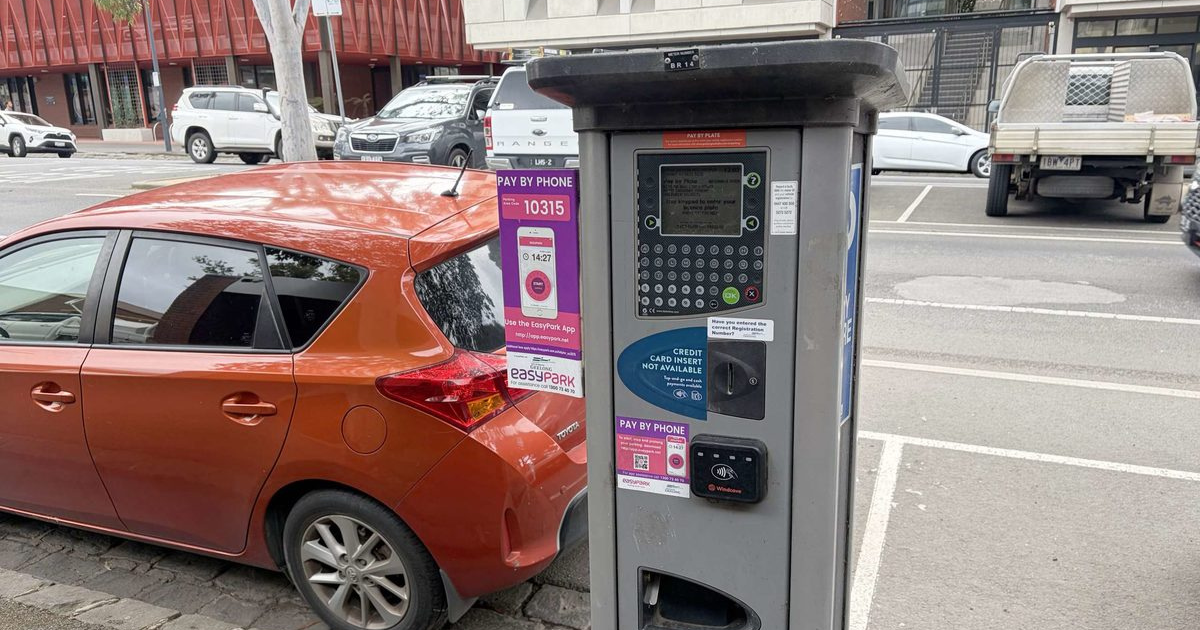City plans residential rate increase to ease business pressure
THE City of Greater Geelong is repeating calls for a new Victorian rating strategy, claiming the current cap system limits its capacity to deliver essential services and infrastructure.
But the proposed changes would likely weaken controls aimed at anchoring residential rates, leading to fears of ballooning bills.
The state government capped council rate increases at 1.75 per cent this year, with COGG choosing to pass on the full increase in its 2022-23 draft budget released last week.
But the cap on rate revenue, which accounts for 46 per cent of its total cashflow, failed to keep pace with a scheduled rise in staff salaries (two per cent) and annual inflation (5.1 per cent in March).
COGG’s finance portfolio chair Cr Anthony Aitken said the region’s population growth, which has been more than two per cent a year on average since 2016, was increasing demands for services that the city was increasingly struggling to afford.
“When our major income source is capped at 1.75 per cent, we’re not even matching what our population growth is in Geelong. So we’re being asked to pay for more when we’ve got less money available as a council under the rate capping system,” Cr Aitken said.
“What we’d love to do is be able to find a find balance between that rapid growth and the demands the community has in those new areas and have enough income to be able to pay for those new services. Unfortunately, the rate capping doesn’t give us an opportunity to do that.
“We’d prefer if the cap is removed, because it’s a false argument to say to people that rates are only increasing by 1.75 per cent because they’re not – and this year’s rate notices, when they go out, will prove that to people.”
The city said it supported a Municipal Association of Victoria proposal in 2019 to provide more flexibility for regional councils instead of a blanket rate cap, to reflect their greater obligations in their communities.
The state government backed its cap system in a response to an independent review in 2020.
“Despite the rate capping mechanism for general rates the system still affords great flexibility and autonomy for councils to raise revenue from their communities,” the response said.
Meanwhile, the council is also planning further changes to its differential rate strategy which would address a widening gap between business and residential rates.
Commercial or industrial-zoned properties would pay 2.55 times more than residences as a proposition of their land value under the 2022-23 budget.
“We want to reduce the gap slowly and incrementally over a four-year period,” Cr Aitken said.
A freeze or lowering of business rates would shift more of the ratepaying burden onto residential bills, which in Geelong are among the lowest in Victoria.
Ratepayers Geelong president Peter Mitchell said the association agreed with COGG’s theory to reduce the gap, but said the change should avoid slugging individual homes with price hikes.
“Our main concern is not the proportional increase in residential rates, but rather the impact on individuals,” Mr Mitchell said.
“Many people will see much more than since their property values have increased over the last year. Therefore a number of families are going to be hit with a disproportionate amount.”
Mr Mitchell suggested a system to cap individual rate increases, as well as the total revenue, could deliver fairer outcomes for homeowners.


















